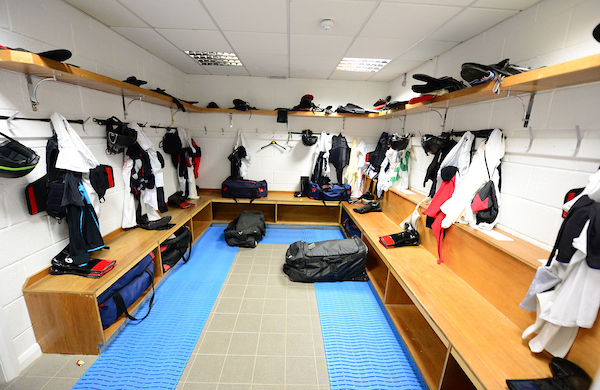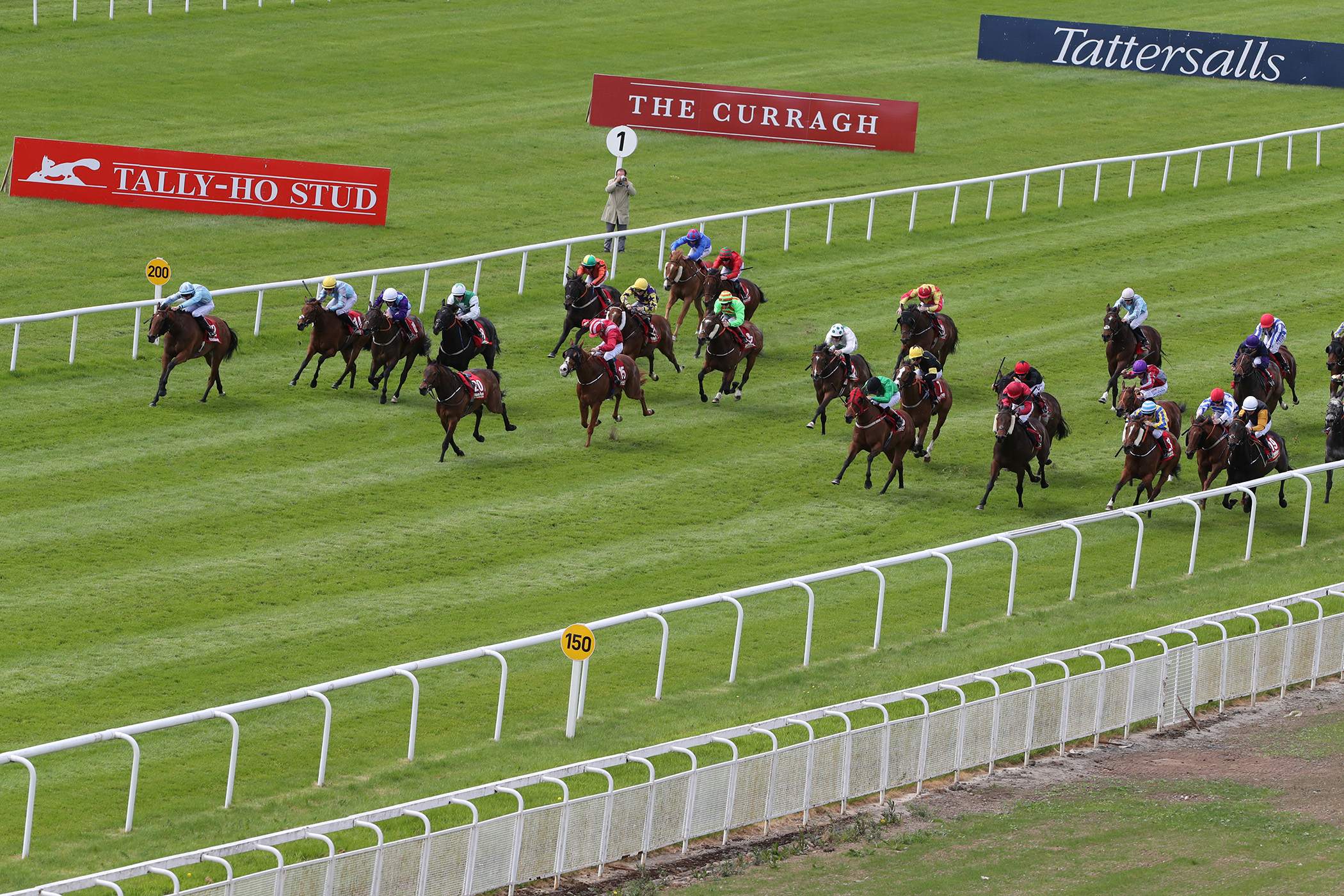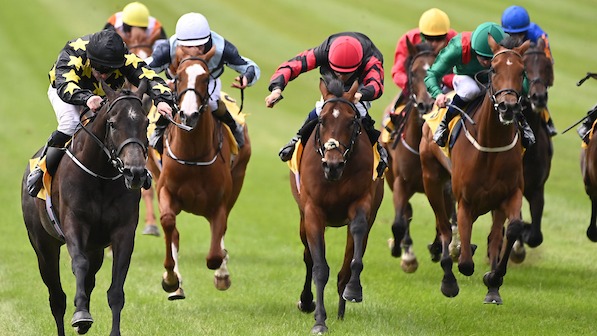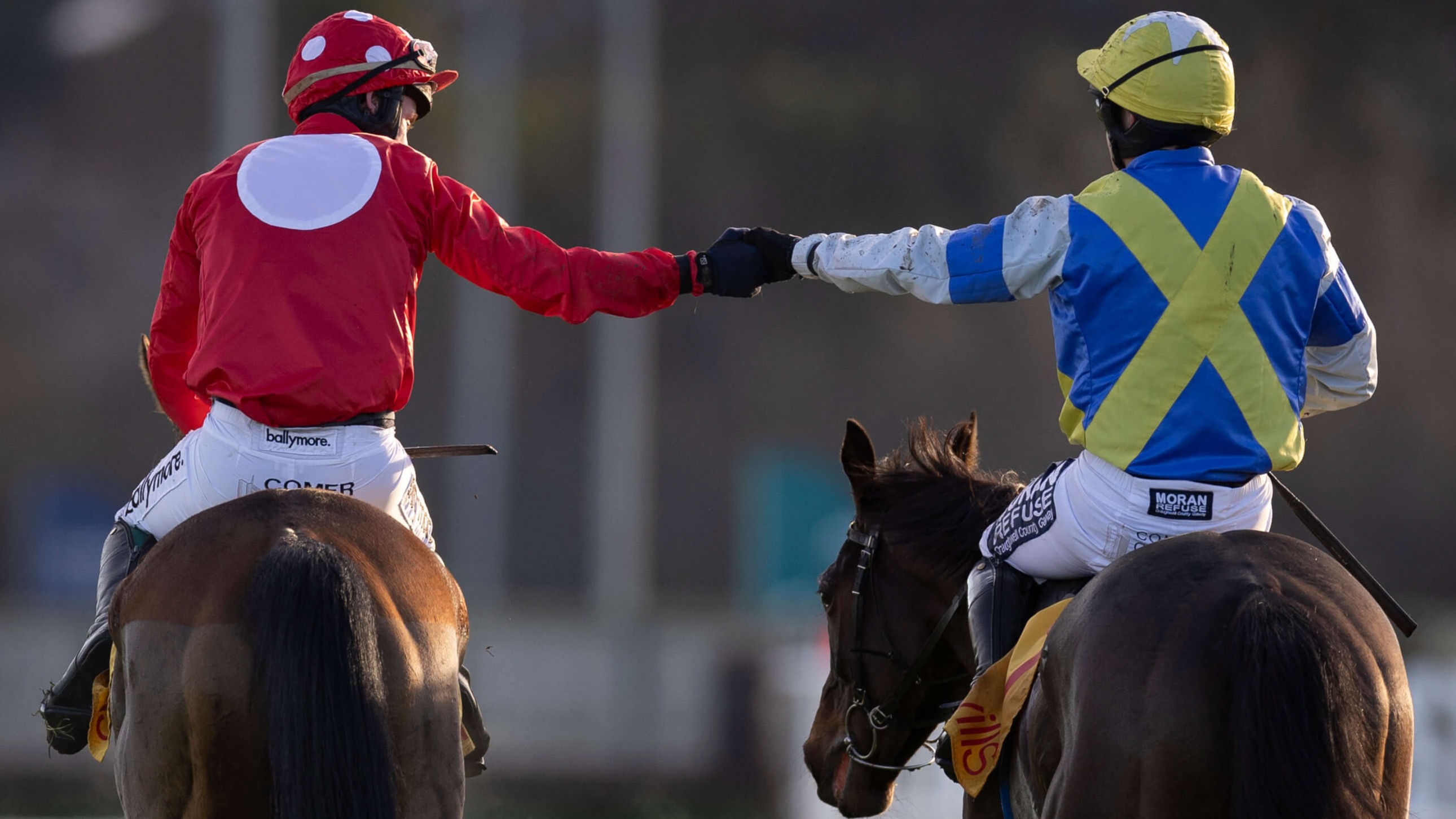
Obtaining A Jockey Licence
Discover how you can pursue a future as an Apprentice Jockey, Professional Jockey, Claiming Professional or Qualified Rider
Becoming a jockey takes hard work and perseverance, combining a love of horses with athletic ability and split-second decision making. There are a number of options available to anyone wishing to obtain a licence to be a Jockey for the first time – Apprentice Jockey, Conditional Jockey and Qualified Rider (amateur). A conversation with your employer regarding the most appropriate licence for the current stage of your career is recommended. If you have a query regarding your licence options please contact the IHRB Licensing Department at [email protected]
Applicants are advised to note the timeframe involved in the application process as it may take four to six weeks from the next available course and apply well in advance of when you hope to ride.
The first steps to applying for your Licence include registering on the IHRB Licensee Hub. Please click here to log in or request an account.
This is not a commitment to proceeding with your Licence but allows you to view and complete the process in a step by step manner.

Medical Requirements
When applying for a licence there are a number of medical requirements you must meet.
An application must be made jointly by the applicant and a Master Trainer, who must be able to guarantee rides for the Apprentice. All newly licenced Apprentices will be required to obtain a minimum of six rides in their first year, and the Master is obliged to ensure the minimum of six rides is achieved by a first year Apprentice. As per current requirements the Apprentices first three rides must be from horses trained by the Master, the subsequent three rides can be obtained from another trainer(s). Thereafter, all Apprentices are required to achieve a minimum of three rides per licence year, in order to be eligible to renew the following year. As a Master, it is the Trainers obligation to ensure that the minimum of six rides are achieved by the Apprentice within the licence year. For the subsequent years that the Apprentice is contracted to their Master, the responsibility lies with the Master to ensure the Apprentice achieves three minimum rides prior to licence renewal. If at any point the Master believes the Apprentice is unfit to achieve the minimum rides, requires extra training, or there is a breakdown in communication, the responsibility is that of the Master to inform the IHRB. The Apprentice should also liaise with the IHRB on the above matters, should they arise.
Deed of Apprenticeship
Every Apprentice will be indentured to their Master Trainer for an initial period of three years. Thereafter, the term may be on an annual basis. The terms and conditions of the agreement are outlined in the Deed of Apprenticeship. All Apprentices shall enter into a standard agreement split with their Master Trainer regarding their riding fee/prize money percentage. Please note, this standard agreement can be adjusted upon written application to the IHRB with agreement from both parties.
Minimum Riding Weight (MRW)
The MRW is unique to each individual Apprentice, and they may not ride below that weight on the racecourse. The MRW is reviewed on an annual basis for all Apprentices in advance of license renewal. It is a six-week process for an applicant to get their MRW and must be completed before a licence can be issued. This should be taken into account when submitting an application. Assessments will take place at a location approved by the Chief Medical Officer and in conjunction with in IHRB approved Dietitian. Individualised Minimum Riding Weight assessments are mandatory for all applicants and Apprentices, even for those who do not believe they have an issue with making weight. You can find further details regarding the MRW here
Receiving your licence
Once a licence is issued, apprentices are initially ‘indentured’ to their employer for a period of three years and the terms and conditions of employment are defined in a ‘Deed of Apprenticeship’. Applications should be made well in advance of when you hope to ride as the process can take approximately four to six weeks to complete from the date of the next available course.
- Must be supported by at least two Licenced Trainers who:
- will provide a reference confirming competency
- will be in a position to offer rides
Following successful completion of the pre-licensing course applicants must attend an interview with the IHRB Licensing Committee or their designate.
Receiving a licence
Once a licence is issued, the first five rides will be restricted to trainers who provided the references for the license application, to allow them gain suitable experience. Newly Licenced National Hunt jockeys must also ride in three Handicap Steeplechases before being eligible to ride in Beginners or Novice Steeplechases unless they had previously ridden in three Point to Point or Hunter Chase races.
While applicants can apply for a licence at any time of the year; all Professional and Claiming Professional Jockey renewals must be fully complete by 1 December annually.
There are three categories of Qualified Riders’ permits – Category A, B and C. A first time applicant with no previous racing experience may only apply for a Category A Permit.
The George Mernagh Memorial Fund Qualified Rider Bursary is available to anyone who is receiving their Qualified Rider Permit for the first time. This bursary is administered by equuip, for more information visit equuip.
Category A
Category A Permits are sub-divided between Category A1 and Category A3.
Category A1 (Bumper and Flat races)
- you must be at least 16 years old
- Allows you to ride in National Hunt Flat Races (QR Bumpers and Pro-Am Bumpers)
- Allows you to ride in flat races in which Qualified Riders under Rule 135 are permitted to ride only.
Category A3 (Plus Point to Points)
- You must be at least 17 years old
- Allows you to ride in all races that a Category A1 Permit Holder can ride in plus Point to Point Steeplechases.
Category B
- Allows you to ride in races listed under Category A3 Permits plus Hunter Chases, Hurdles and Steeplechases confined to Qualified Riders.
Applicants should have a minimum of 10 rides with a Category A Permit before consideration will be given to an application to upgrade to a Category B Permit.
Category C
- Allows you to ride in all races open to Qualified Riders unless the race conditions specify otherwise
- Allow you to ride in 21 races open to Professional Jockeys in any one season.
A ride on a horse owned by your immediate family in races open to professionals, will not count against the 21 rides allowed against professionals. Applicants should have a minimum of a further 10 rides, six of which need to be over fences, as a Category B Permit Holder before consideration will be given to upgrade to a Category C Permit.
All applications to upgrade a licence must be submitted to the IHRB for consideration by the Licensing Committee prior to approval. All Qualified Rider Permit renewals must be completed by 1 September annually, however you can apply for and receive your first Permit at any time of the year.

Requirements for the Flat and Schooling Riding Assessments
Jockeys Accident Fund
